How Kyiv residents lived in the 1980s: Life in photos of German photographer
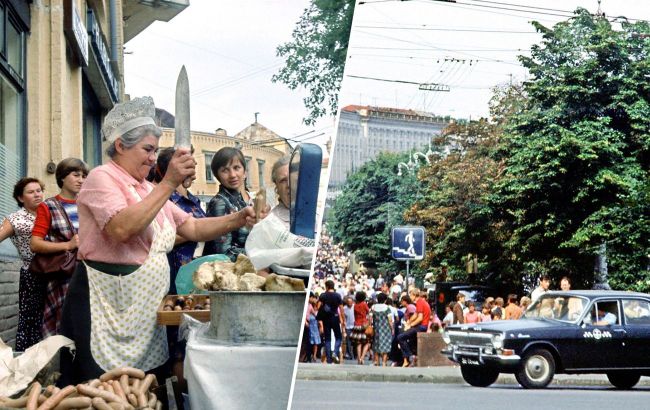 How did Kyiv residents live in the 1980s (Collage: RBC-Ukraine)
How did Kyiv residents live in the 1980s (Collage: RBC-Ukraine)
Photographs from the life of Kyiv in the 1980s have appeared on the internet. They show guests and residents of the city strolling along sunny streets, buying groceries, and waiting for public transportation. The photos were taken by German photographer Zolner during his visit to the Ukrainian capital, according to a Facebook post by Nazar Dovzhenko, who shares the pictures of Kyiv from that time and tells the story of life in those years.
What life was like in the 1980s
The period between 1985 and 1991 is referred to as Perestroika. It is a general term for a set of political and economic reforms carried out in the USSR.
During that time, there was also an anti-alcohol campaign. It was one of the first initiatives of Perestroika.
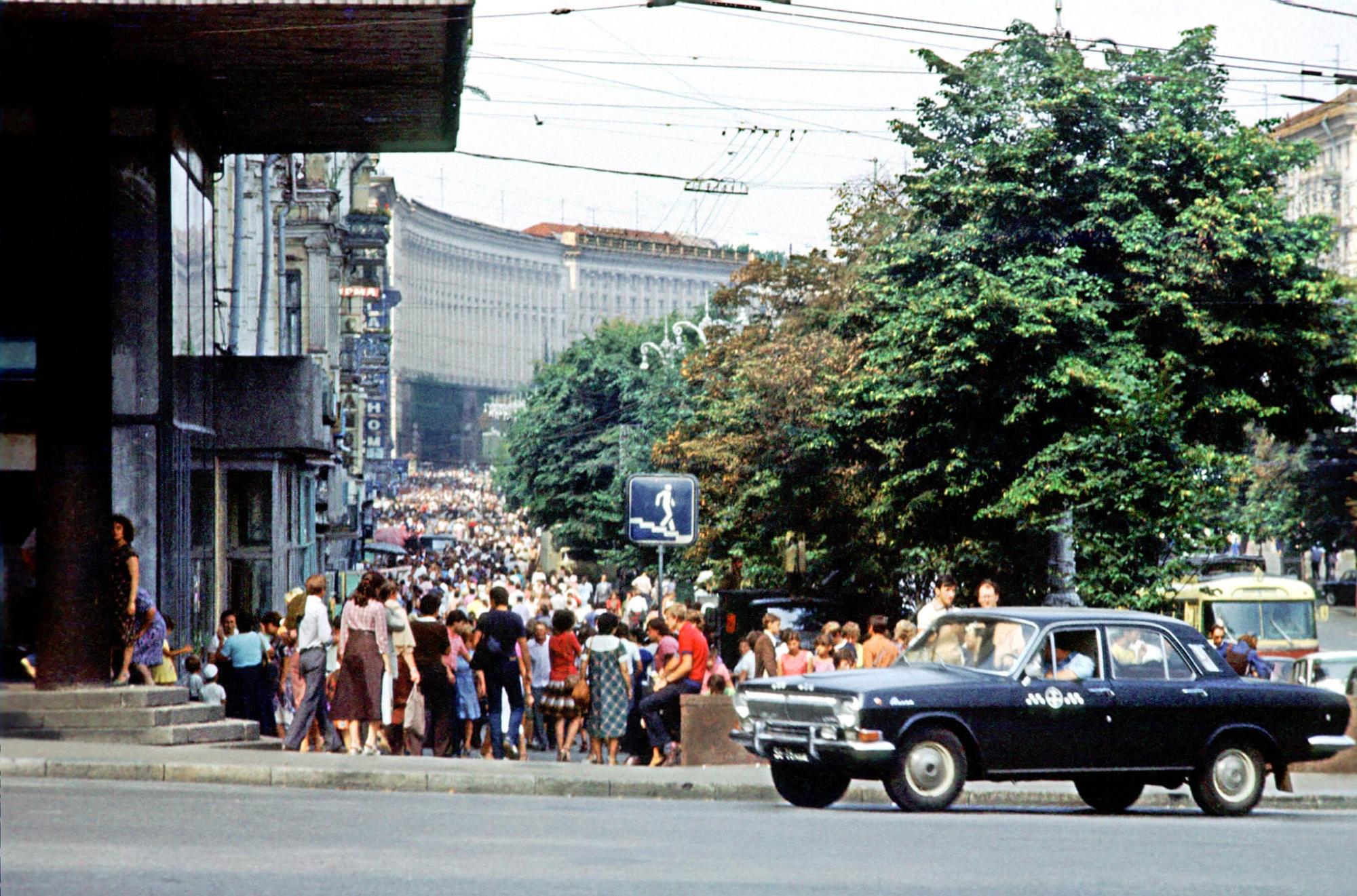 Crowded Khreshchatyk Street in the 1980s (photo: facebook.com/Old Photos of Kyiv)
Crowded Khreshchatyk Street in the 1980s (photo: facebook.com/Old Photos of Kyiv)
The Central Committee of the Communist Party of the Soviet Union decided to take measures to combat drunkenness and alcoholism. It involved raising retail prices and drastically reducing the production of alcoholic beverages. It even led to the uprooting of vineyards.
However, it's known that banned fruit, especially, was attractive, so moonshine production increased throughout the country, and drug addiction and substance abuse became more widespread. Moreover, the state budget missed out on nearly 67 billion rubles. Given such losses, the anti-alcohol campaign failed within a year and was canceled.
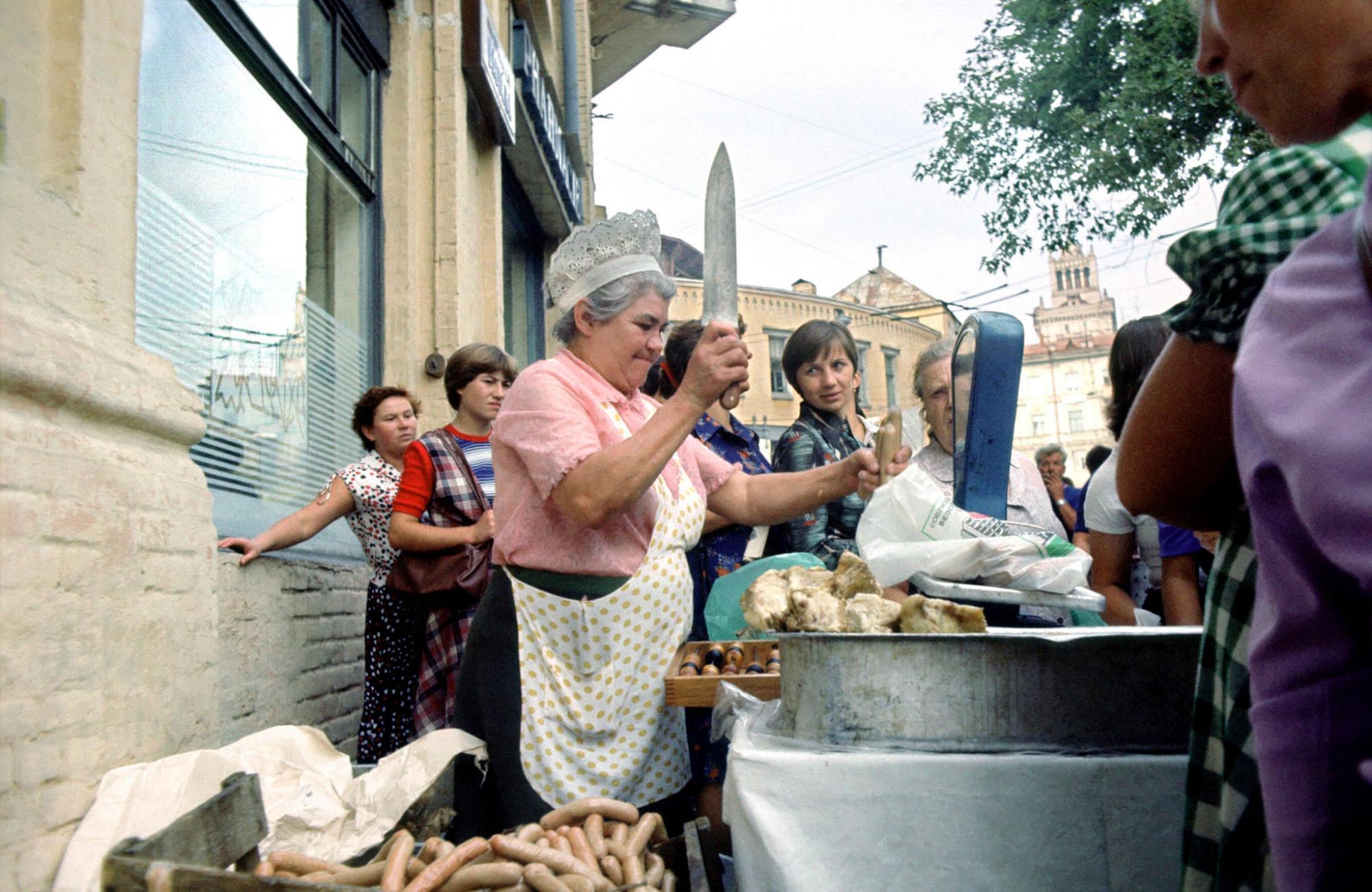 Selling meat products near the Bessarabsky Market (photo: facebook.com/Old Photos of Kyiv)
Selling meat products near the Bessarabsky Market (photo: facebook.com/Old Photos of Kyiv)
The Perestroika period is also remembered for the Chernobyl nuclear disaster, which occurred on April 26, 1986. As a result, thousands of square kilometers of territory in Belarus, Ukraine, and Russia were contaminated, and tens of thousands of people were exposed to radioactive radiation. Many of them later died from radiation sickness.
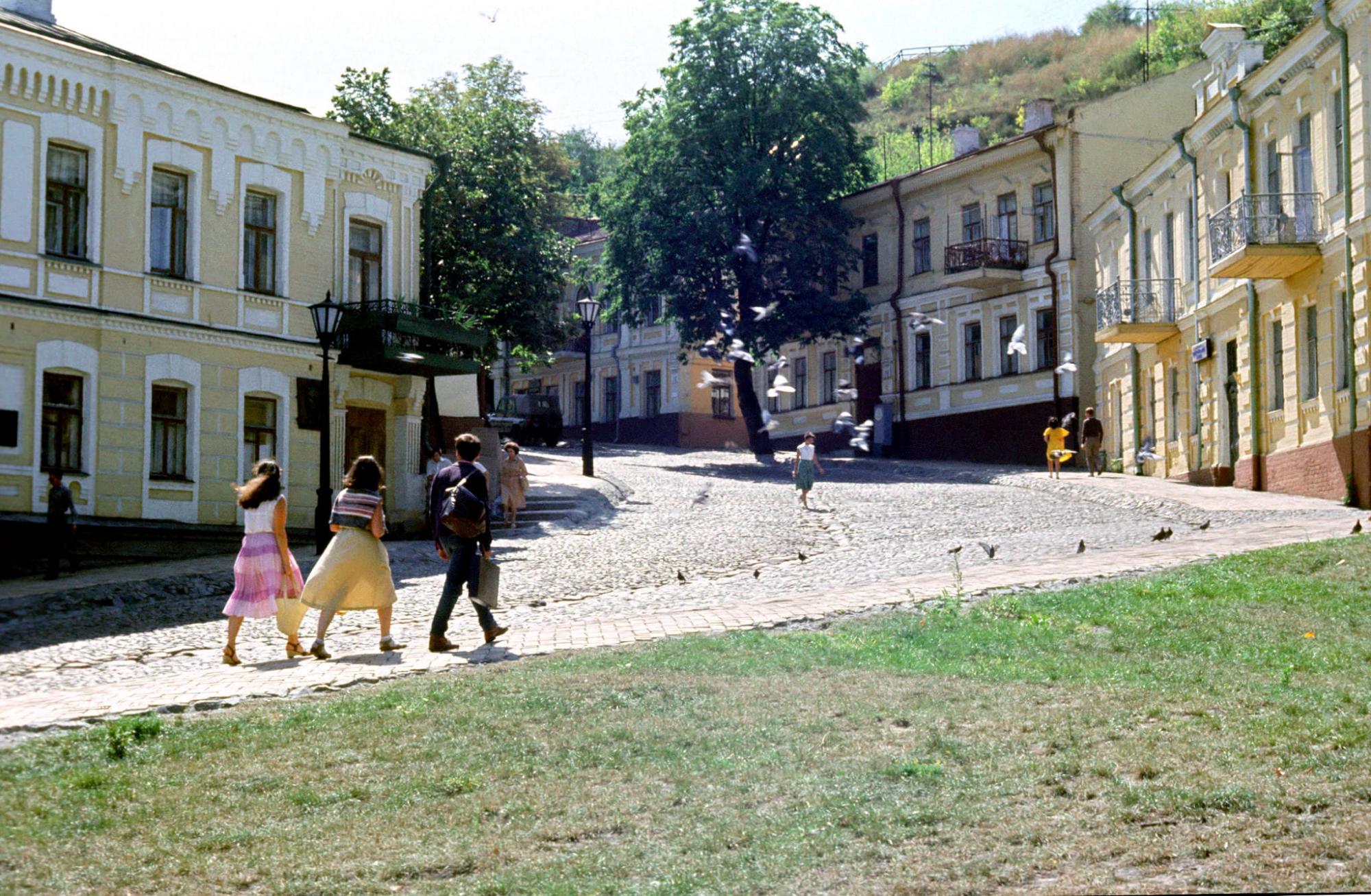
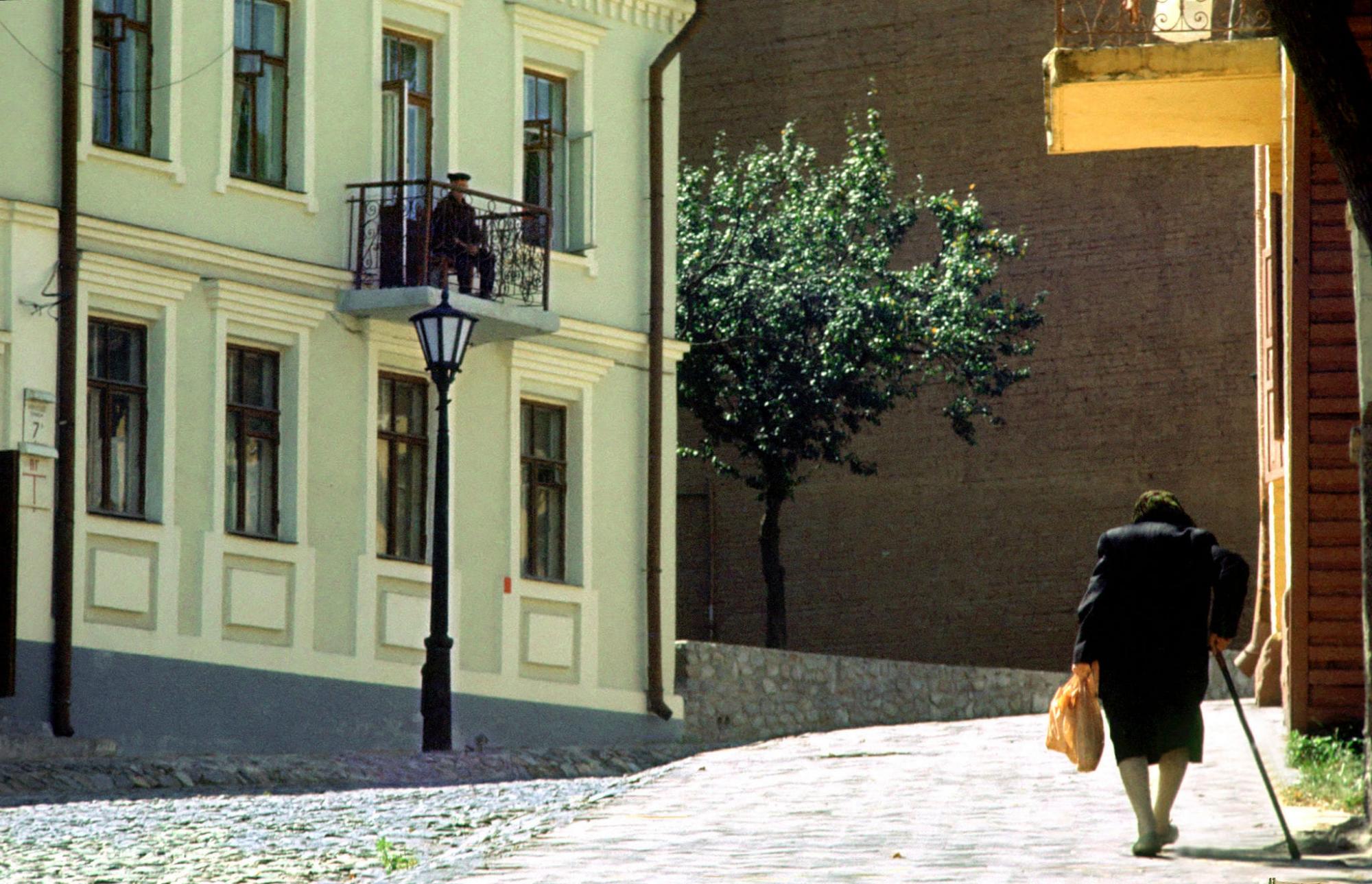 Andriyivsky Uzviz shortly after reconstruction (photo: facebook.com/Old Photos of Kyiv)
Andriyivsky Uzviz shortly after reconstruction (photo: facebook.com/Old Photos of Kyiv)
An interesting aspect of Perestroika is the emergence of the first signs of democracy. For example, the policy of glasnost was introduced. According to it, persecution of dissenters and churches ceased, censorship for newspapers was lifted, previously banned books (mostly by Russian authors) were allowed, and political shows and programs began to appear.
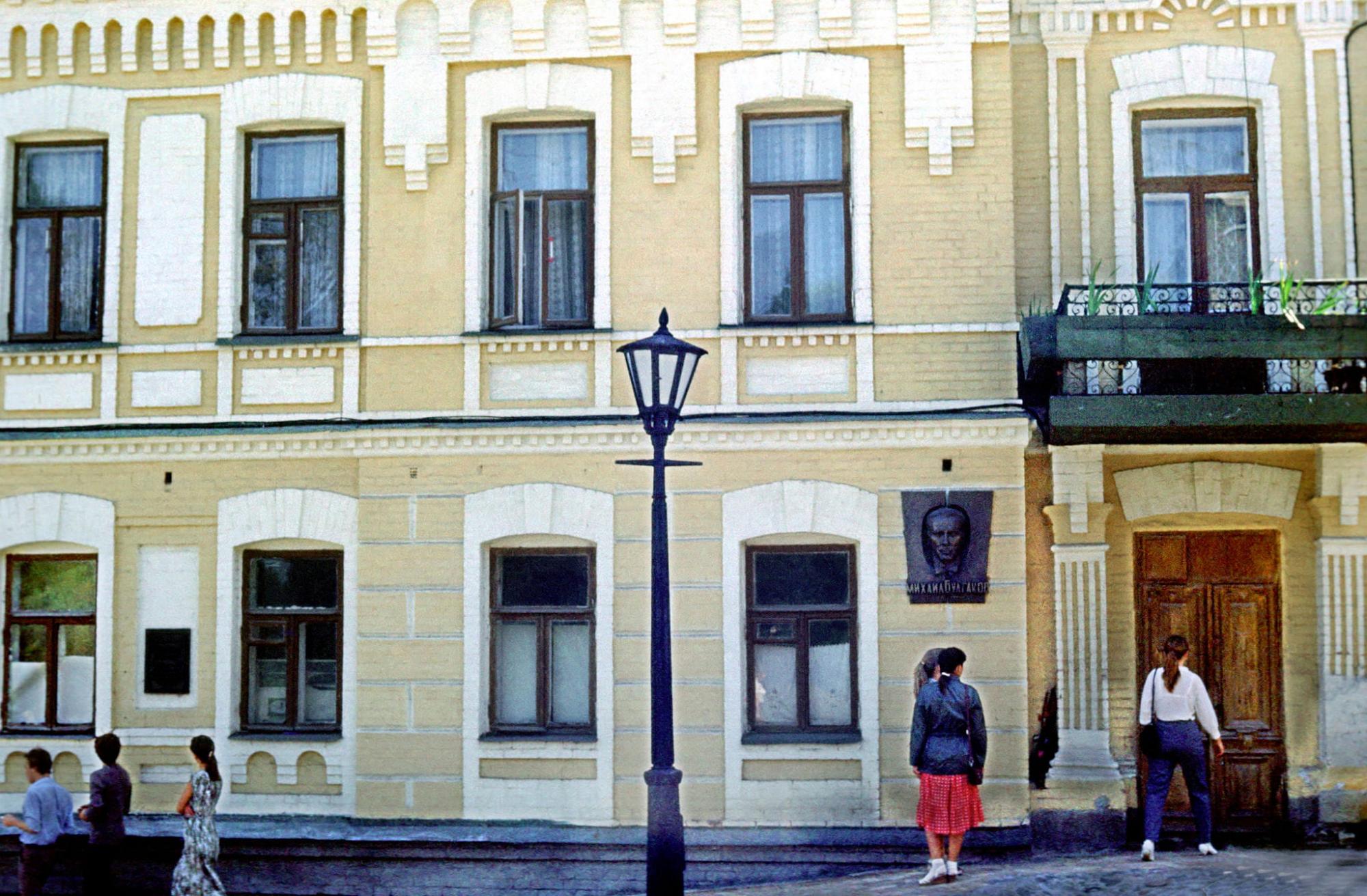
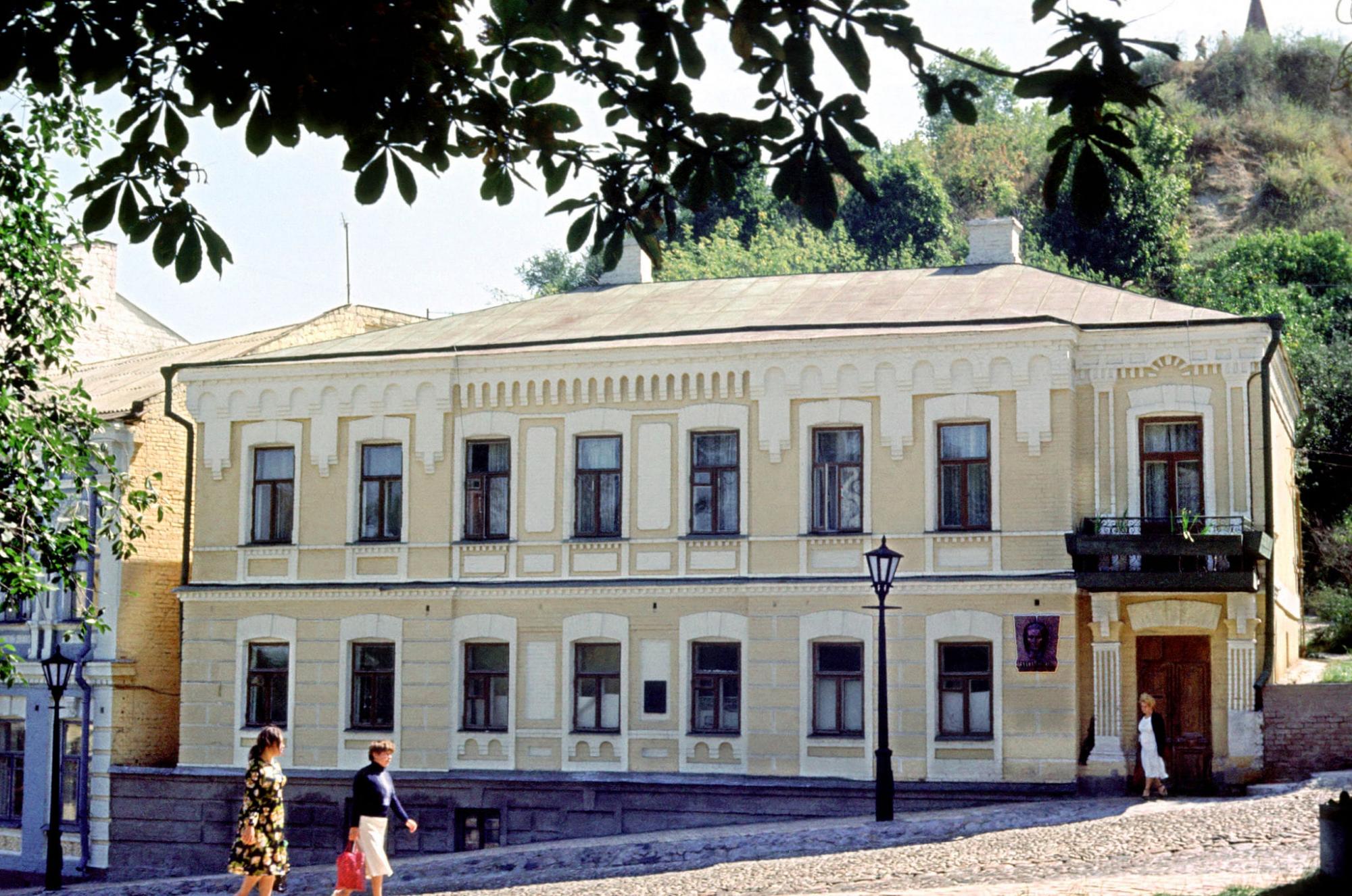 Bulgakov Literary-Memorial Museum (photo: facebook.com/Old Photos of Kyiv)
Bulgakov Literary-Memorial Museum (photo: facebook.com/Old Photos of Kyiv)
Despite the seemingly positive changes, the policies of Perestroika led to a worsening crisis in all areas of society by the beginning of the 1990s, which eventually resulted in the dissolution of the Communist Party's authority and the collapse of the Soviet Union.

